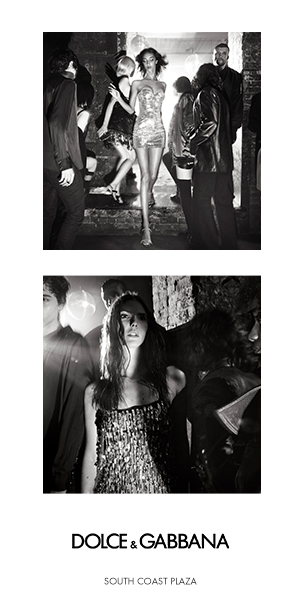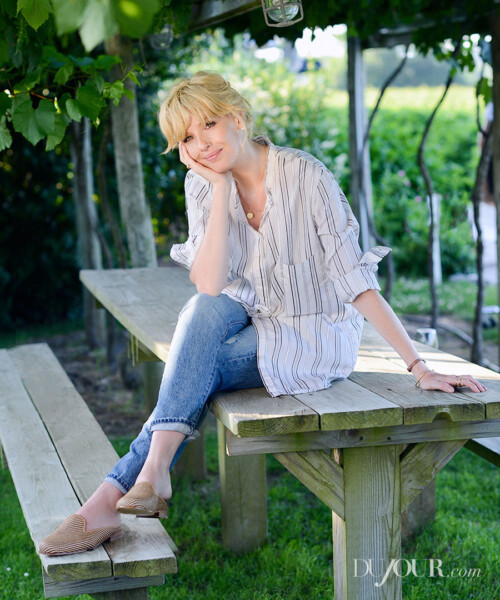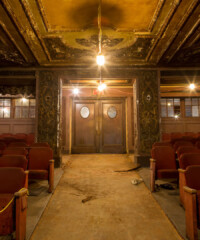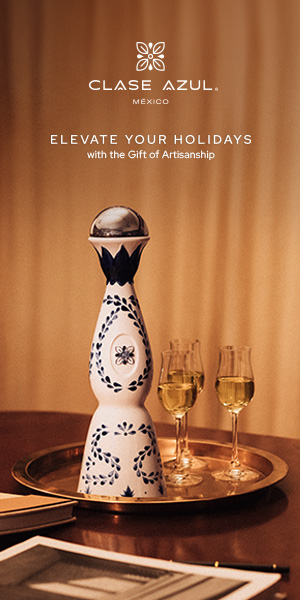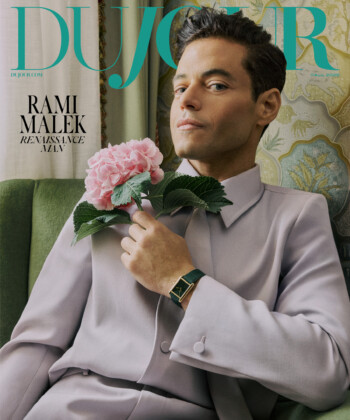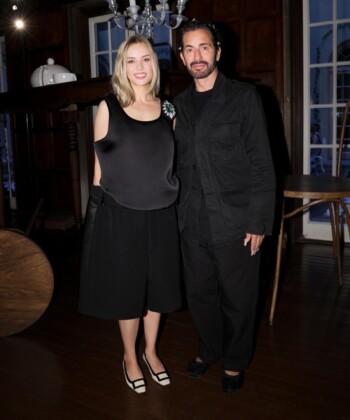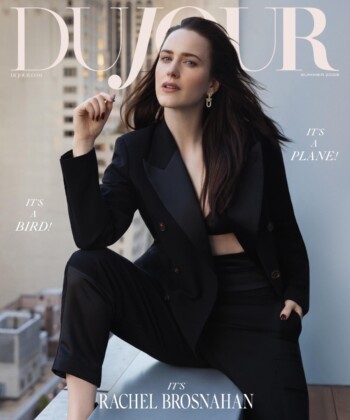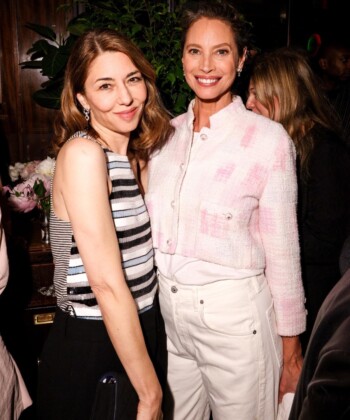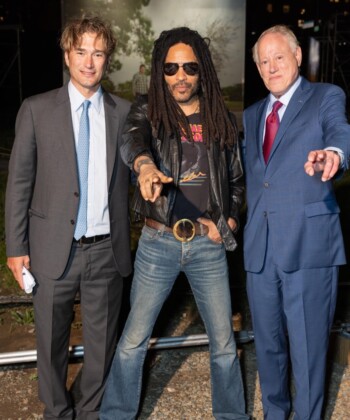You might have heard of Tod Seelie, the Brooklyn-based photographer who captures people and moments at the fringes of the New York social scene. If not, you’ve probably seen his work: Besides his 2013 book, Bright Nights: Photographs of Another New York, his gritty, mesmerizing work has appeared in The New York Times, TIME Magazine, Rolling Stone, Spin and Vice. He’s photographed everything from raucous parties in abandoned subway tunnels and flotillas of junk rafts journeying from New York to the Mississippi river to Juggalo conventions, punk rock concerts and haunting nighttime landscapes. DuJour took the opportunity for a catch up with the talented photographer.

Underground in Brooklyn’s Green-Wood Crypt
What originally attracted you to different sub-cultures of society as a subject matter?
It came about by a combination of two factors. One was the discovery of punk music in high school, in Cleveland, Ohio. There were people making a kind of weird art-destructo music—not exactly punk—which was really interesting to me. I was introduced to that scene, and it was this giant opening of the doors for me. Then I moved to New York in 1997 to attend Pratt Institute, and there I met an amazing roster of really great people who were full of crazy ideas, and I still collaborate with all the time.
There was this very simple project that I helped the artist Swoon with for a collective. At the time she lived in Fort Greene and I lived over in Bed-Stuy, and there were all these malt liquor billboards everywhere with all of these little kids walking underneath them, and we found that kind of sad. So one Sunday so we took a giant roll of paper to Fort Greene Park and brought markers and crayons and just had all these kids draw whatever they wanted on them. Then we went and pasted them over all the Colt 45 and malt liquor billboards. So we put little kids from the neighborhood’s art up on the wall and celebrated that instead of malt liquor. It’s just kind of that idea—of making the world what you want it to be.

Tod Seelie
That’s fantastic. When you find yourself documenting these outliers to mainstream culture, is it often an underlying feeling of sadness or is it also joy that registers with you?
Definitely joy. I mean, I can only speak for myself I guess—but I’m taking pictures of people who are not satisfied with the status quo and who are making it better for themselves and their friends and maybe other people. That requires confidence, motivation and sometimes ingenuity. People aren’t doing these things for any other reason than that they feel compelled to. I feel like sadness is something that results from inaction—not action. The feeling that I see on my friends’ faces and I know is on my own face when we come out from an underground subway party—is joy. It’s just so…
Liberating?
Liberating, yes, but it’s also just fun in ways that you can’t get otherwise. You can’t get it digitally, you can’t get it vicariously—it’s what inspires a lot of people I know to venture into abandoned spaces and throw parties in abandoned spaces, because that experience cannot be replicated or simulated.

A former quarantine hospital is regularly off-limits on North Brother Island, near Riker’s Island
In the context of your work, the word “authenticity” seems to be thrown around a lot. If that is something you strive for, how do you personally define the concept?
As a photographer I define it as in: I am not constructing or directing what I’m photographing. I am photographing moments that are happening, just as they happen. But I come from further on the spectrum of photojournalist—where I’m going and seeking out things, or I’m a part of something. I have seen incredible artificial photos, and they’re amazing in how visually interesting they are, but that’s where it ends for me because I know it’s orchestrated and fake, and so for me it’s nothing more than a visual illustration, rather than a beautiful captured moment.
Click through the gallery above to view more of Tod Seelie’s work for the Cutty Sark Prohibition Edition collaboration.























